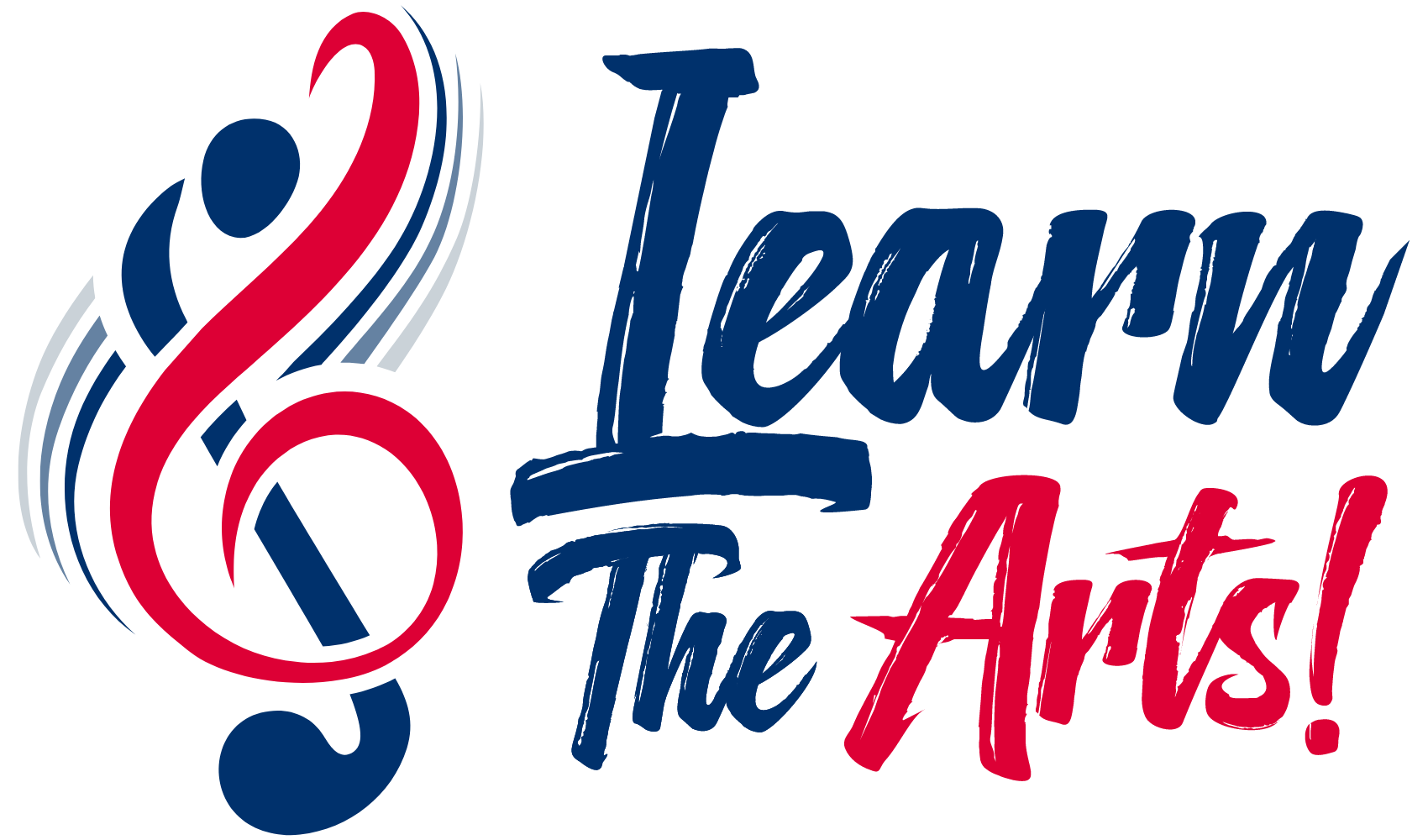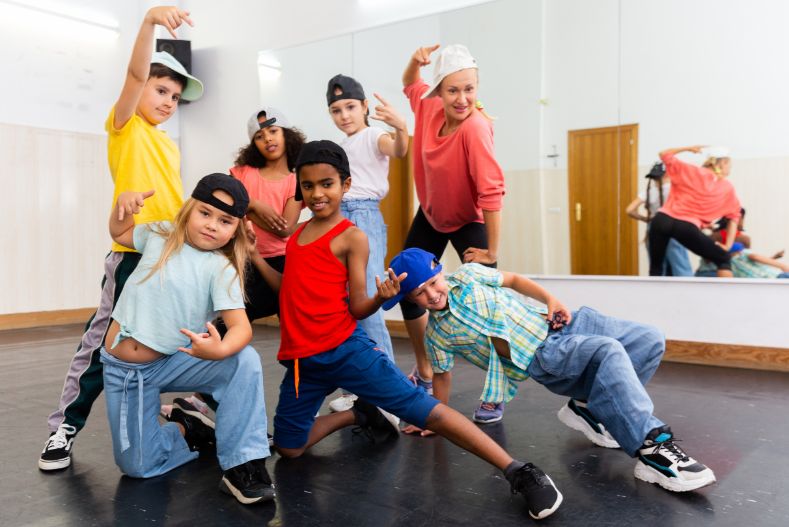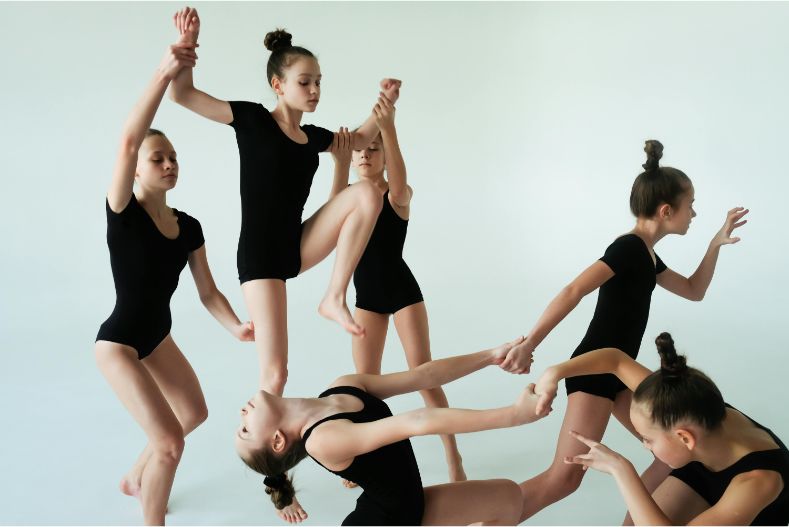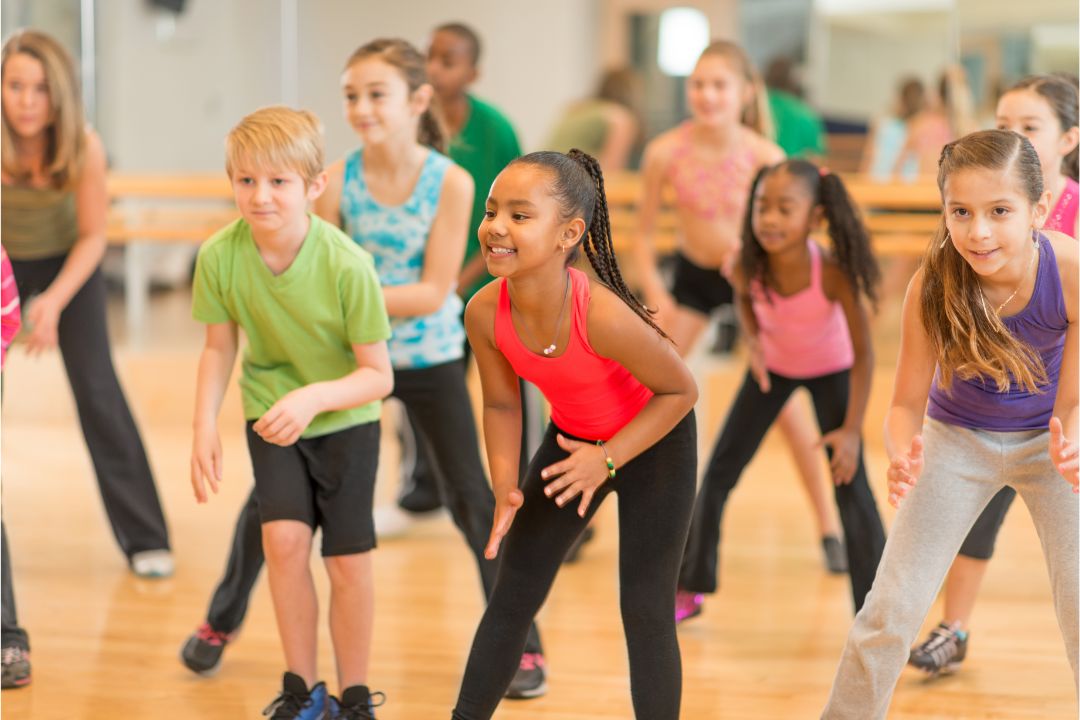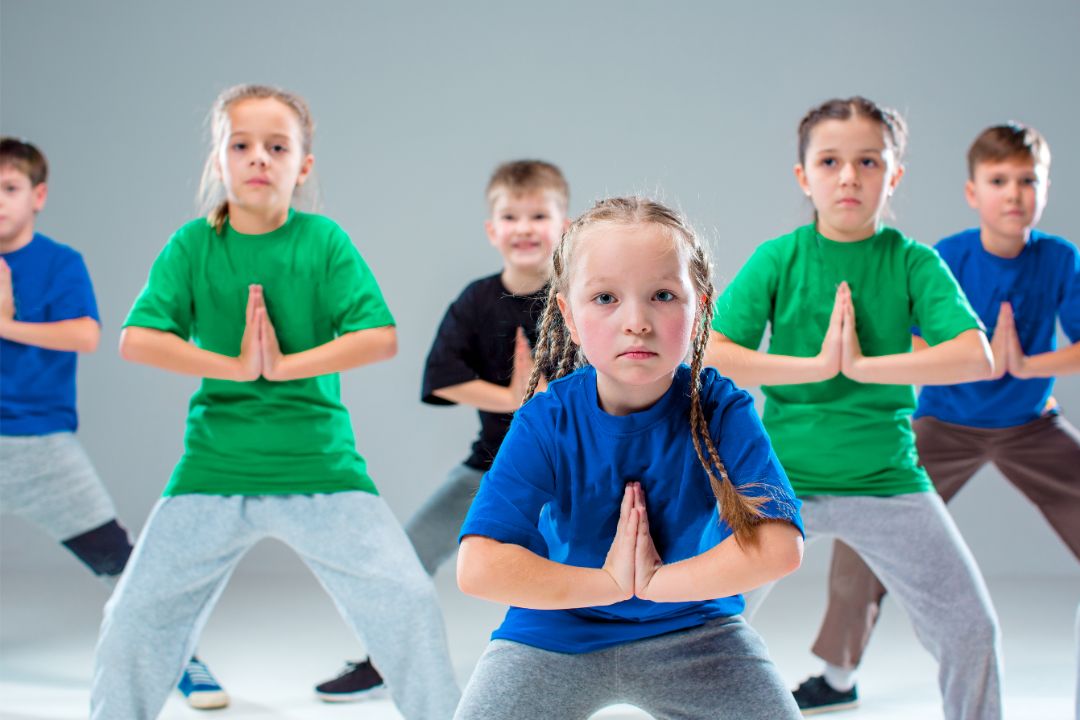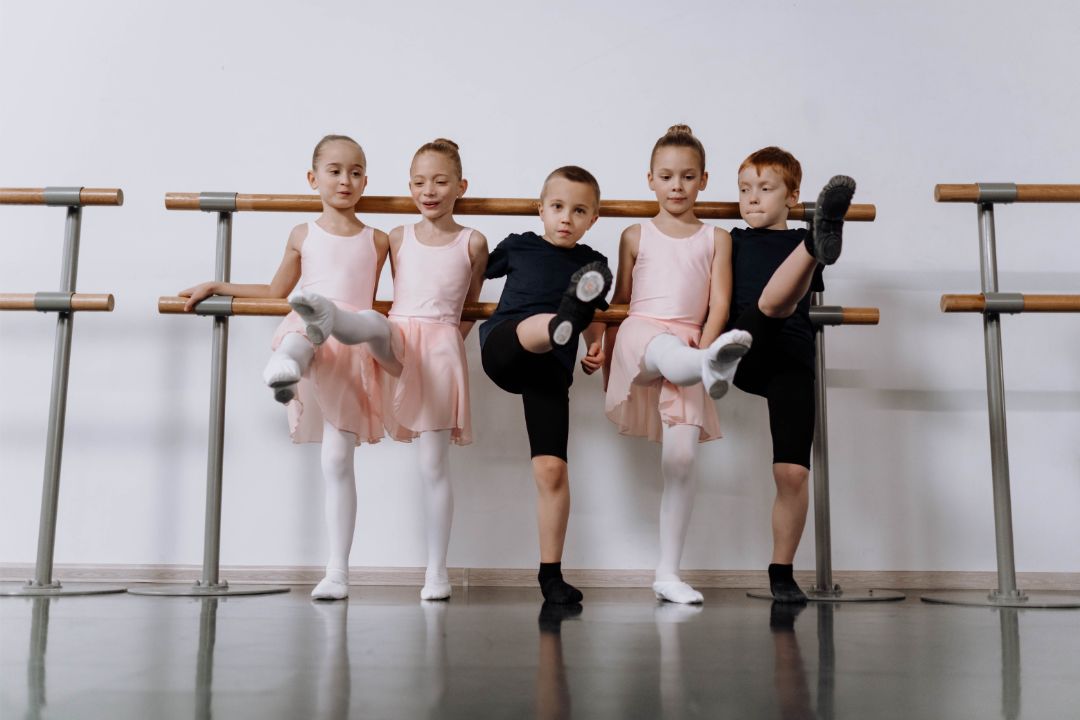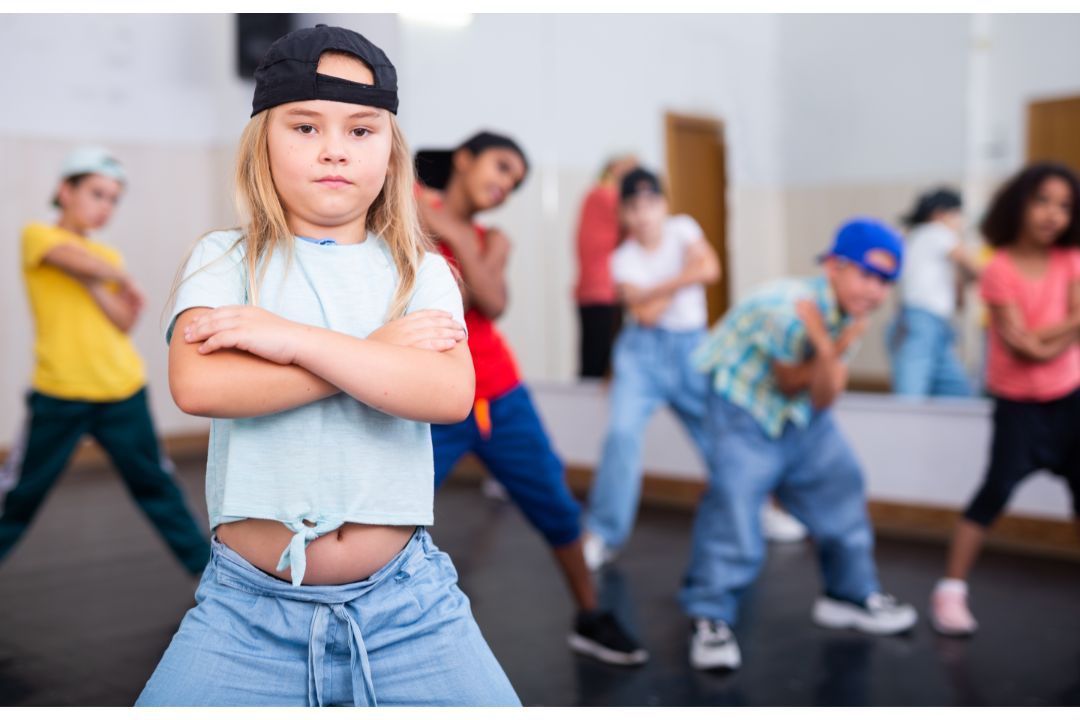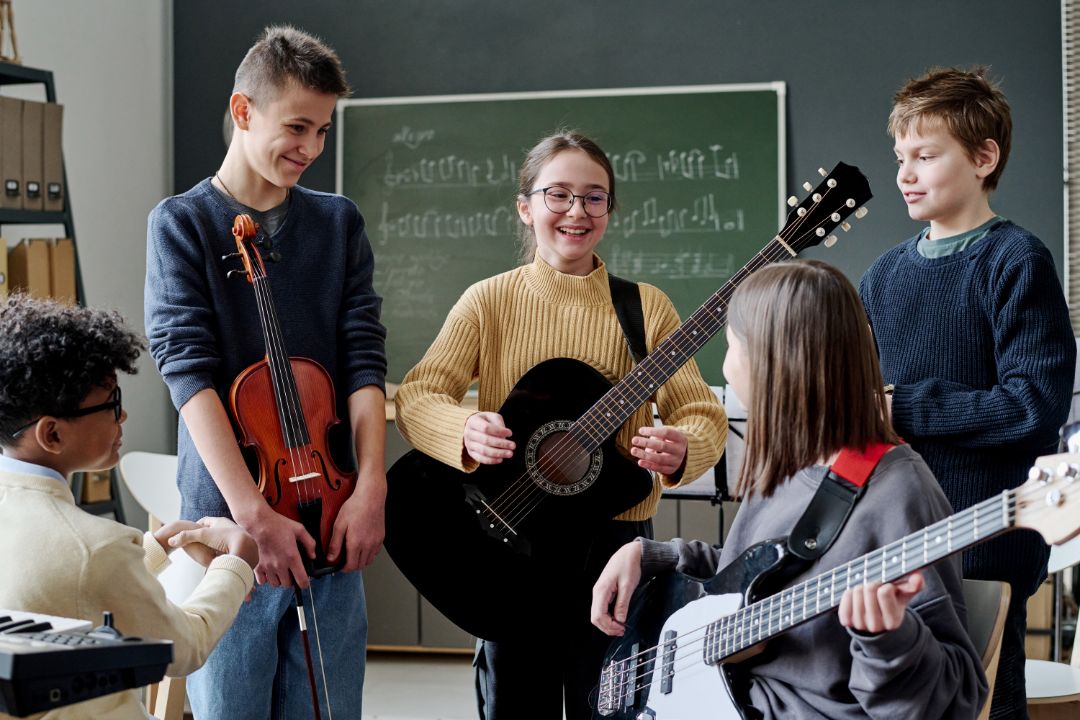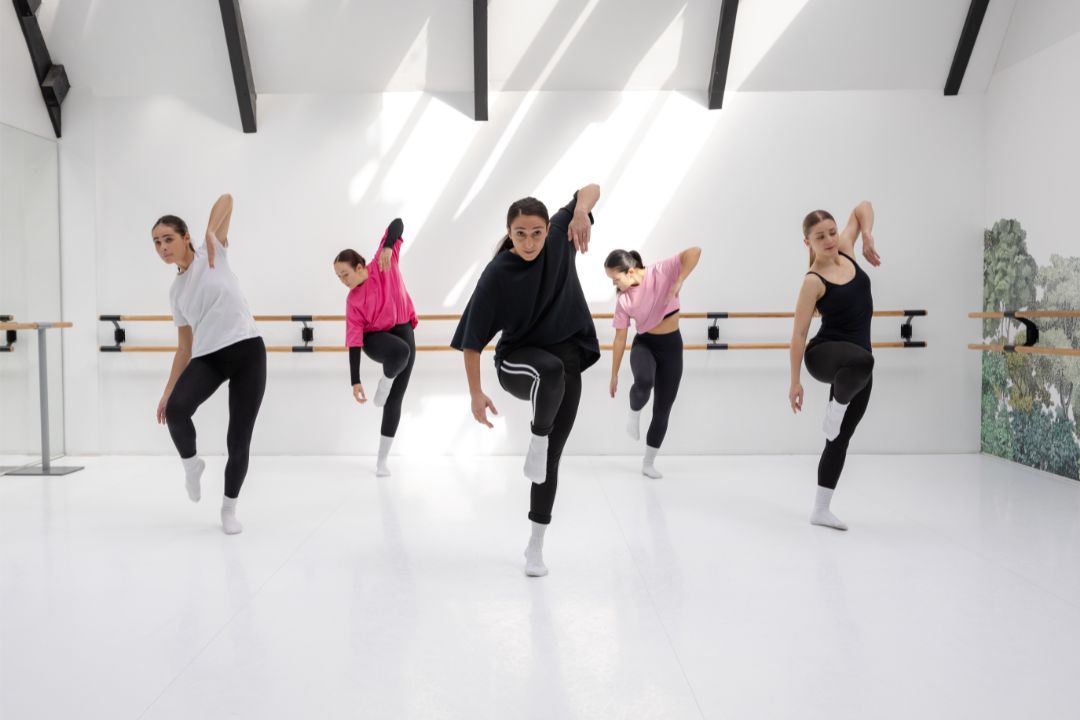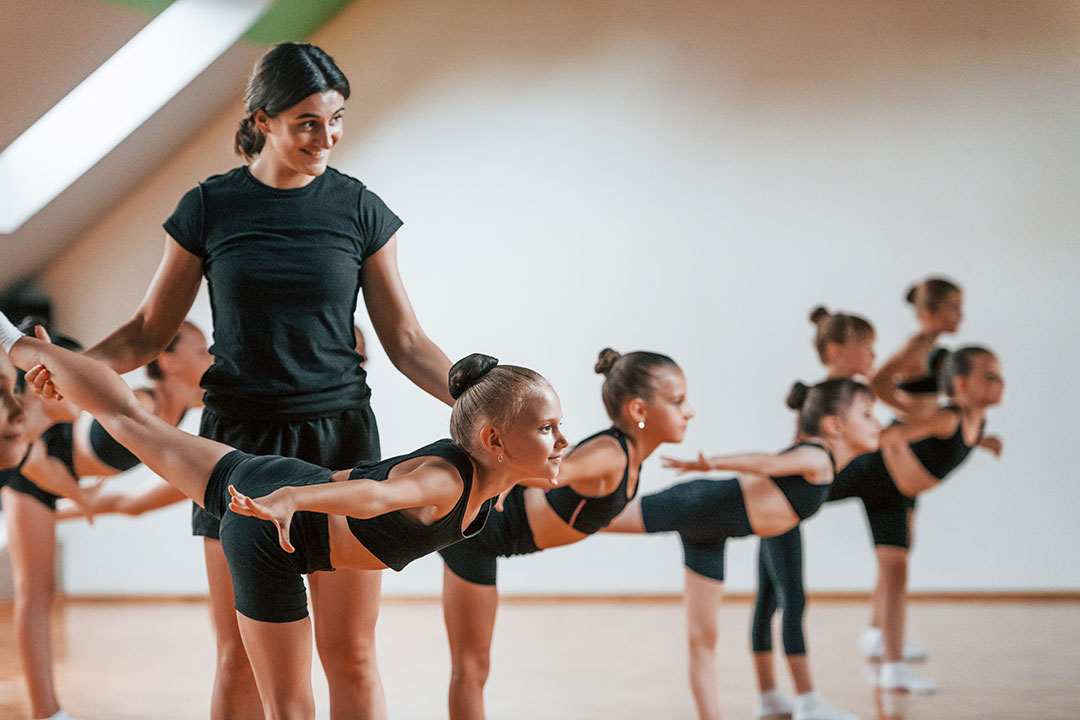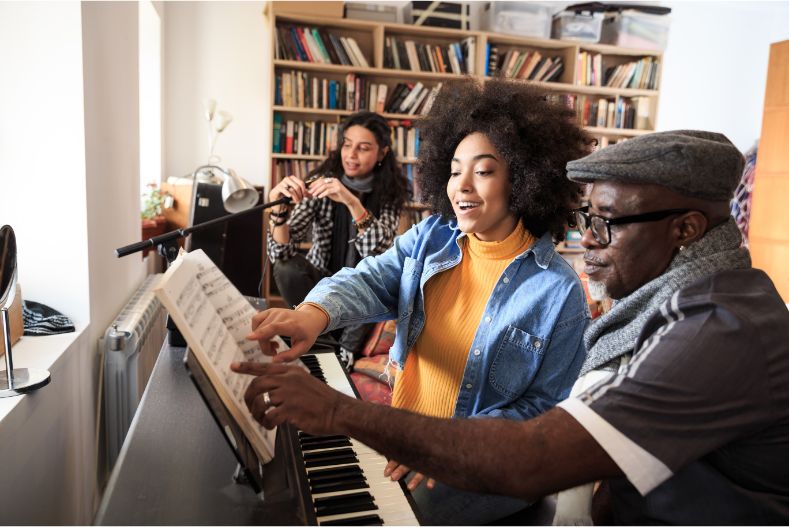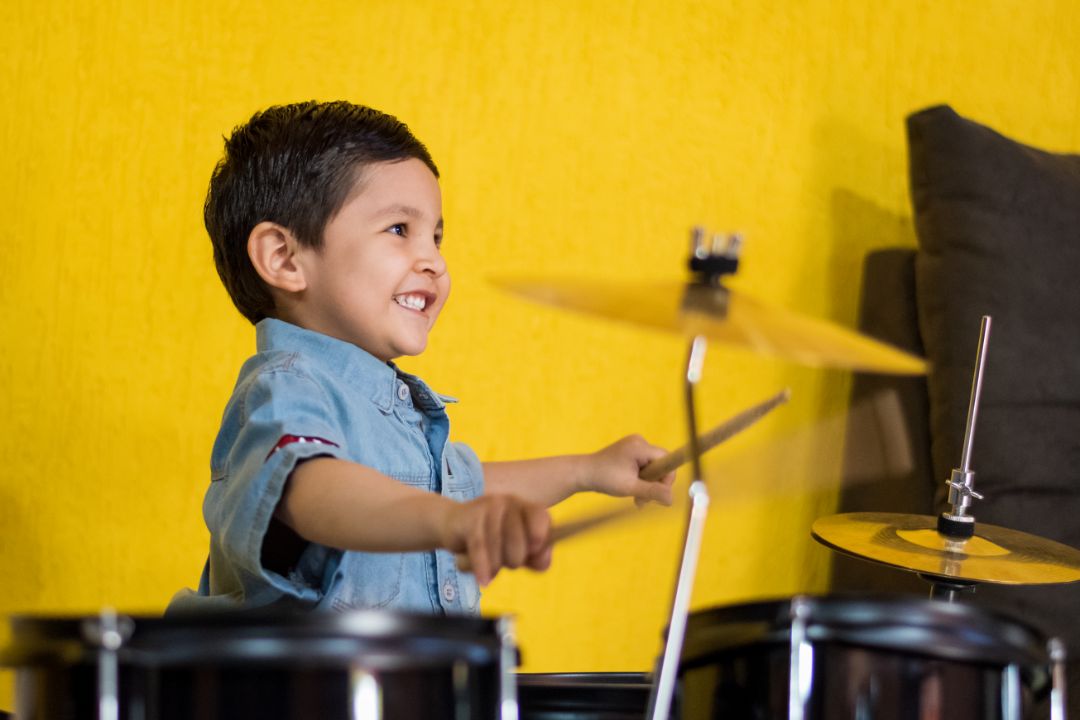Hip hop dance is more than just a series of energetic moves; it’s a powerful form of expression that tells stories through rhythm and motion. Rooted in street culture, hip hop has transformed itself into a global phenomenon, captivating audiences and enticing aspiring dancers of all ages. With its diverse styles, hip hop offers something for everyone, making it an exciting journey for those stepping into dance schools.
Imagine walking into a lively room where the beats pulsate through your bones, and each step feels like a new adventure. “Dance is the hidden language of the soul,” said Martha Graham, and hip hop truly brings this language to life. Whether you are a beginner or a seasoned dancer, hip hop dance classes provide a welcoming space to explore and develop your unique style while having a blast.
In this article, we will explore nine fascinating styles of hip hop dance that you will encounter in class, each with its own distinct flair and history. From the dynamic and athletic moves of Breaking to the smooth grooves of House Dance, you’ll soon discover how each style offers a new way to interpret and enjoy music. Let’s dive into the vibrant world of hip hop and uncover the styles that make this dance genre so captivating!
Introduction
Hip hop dance has a rich history that emerged from the streets of New York City during the 1970s. As part of hip-hop culture, it quickly gained popularity and became a global phenomenon. Understanding different styles of hip hop dance is important for anyone wanting to become a versatile hip hop dancer. By exploring various styles, you can enhance your dance experience and express yourself more creatively on the dance floor.
In this blog, we will dive into nine popular styles of hip hop dance that you might learn in hip hop dance classes. Each style brings its unique flair and forms an important part of this art form. Whether you are just starting your dance journey or looking to expand your repertoire, these styles will offer both excitement and challenges. As one might say, “Dance is the hidden language of the soul,” and by learning these styles, you’ll speak this language fluently.
Expect a thrilling exploration of dance moves inspired by African dance, modern dance, and more. “The world belongs to those who dance,” and with these styles in your arsenal, you’ll be ready to conquer any dance scene.
1. Breaking (B-Boying/B-Girling)
Breaking is a dynamic and athletic style of dance that originated from the hip-hop culture of the 1970s in the Bronx, New York. It’s deeply rooted in African dance and incorporates complex dance styles that showcase strength, creativity, and fluid movements.
In breaking, dancers master a variety of signature moves. Toprock is often the dance’s entrance step, featuring footwork performed from a standing position. Downrock involves fluid movements close to the dance floor. Freezes, as the name suggests, are when dancers halt in a position to showcase strength, and power moves include spins and acrobatic stunts that highlight agility.
You will encounter breaking primarily in hip hop dance classes, where these moves are taught step-by-step to cater to different skill levels. Dance schools provide an encouraging environment to explore this art form, ensuring you build both technique and confidence. As a popular style of dance, breaking demands energy and practice.
A dance teacher often says, “Once you hit the floor, you let the music guide your soul.” So, get ready to unleash your inner hip hop dancer and make the dance floor your arena!
2. Popping
Popping is a vibrant style of dance that originated during the funk era and flourished on the West Coast. This energetic dance form is all about contracting and relaxing your muscles in time with the beat, creating a distinct jerking movement known as “pop” or “hit.”
Originating from African-American communities, popping has evolved to become a significant part of hip-hop culture, influencing modern dance across the globe. It is known for its engaging and intricate movements that captivate audiences.
Popping’s unique technique has shaped the performances of many famous artists and continues to inspire dancers of all levels. The thrill of popping lies in its ability to meld seamlessly with music, allowing dancers to express themselves through rhythmic isolations and smooth transitions.
Dance teachers in hip-hop dance classes often introduce popping to help students discover a new range of fluid movements. As you start your dance journey, embracing this style can enhance your overall dance experience. Marcos, a seasoned hip-hop dancer, says, “Popping is where science meets art on the dance floor.” It’s a skill level worth mastering as it intricately combines timing, precision, and flair.
3. Locking
Locking is a dynamic style of hip hop dance that was invented by Don Campbell in the 1970s. It stands out due to its high-energy and vibrant movements that are great for those looking to build their performance skills. Locking is all about quick movements, punctuated by sudden “locks” where the dancer freezes in position briefly before continuing with fluid motions.
This dance form thrives on individuality, allowing dancers to infuse their own personality into each routine. Locking is ideal for dancers who enjoy lively performances and connecting with the audience through expressive gestures. This style often includes playful interactions, exaggerated movements, and sharp improvisations.
Hip hop dance classes that teach locking offer a joyous and upbeat environment. These classes encourage dancers to develop their unique style while learning the fundamentals of locking. “It’s all about having fun and expressing yourself,” as a dance teacher often says, “Locking lets you shine on the dance floor.” This makes locking not just a dance, but a celebration of energy and fun, inviting dancers of all skill levels to enjoy the rhythm and spirit of hip-hop culture.
4. Krumping
Krumping originated in South Central LA and is known for its expressive, raw, and high-intensity movement. This style of dance is deeply emotional and heavily relies on freestyle. Krumping provides dancers with a powerful outlet for self-expression, enabling them to convey intense emotions through their performances.
The dance style is characterized by its energetic and fast-paced movements, making it a thrilling genre to experience and perform. The beauty of krumping lies in its freedom; dancers often improvise, creating unique routines that reflect their personal stories and emotions. This spontaneity adds a personal touch to each krump performance and showcases the dancer’s creativity.
Many dance schools like learn the art in nevada now offer hip-hop dance classes that include krumping as part of their curriculum. Whether you’re a novice or have significant dance experience, these classes will guide you in mastering this form. “In krumping, it’s about expressing your truth,” shares a dance teacher. As you step onto the dance floor, you’ll find that krumping encourages you to push your boundaries and explore new dimensions of dance. As one experienced hip-hop dancer says, “Krumping is not just a style of dance; it’s a powerful means of storytelling.”
5. House Dance
Born from the house music culture, House Dance is a captivating style recognized for its energetic and rhythmic footwork. This dance form places a strong emphasis on fluidity and improvisation, making it a lively and expressive experience. If you’re keen on exploring hip-hop dance classes, this style is often incorporated into advanced sessions due to its complexity and freedom.
In House Dance, each dancer brings their own unique flair to the dance floor, allowing for personalized expression and creativity. The movements are often seamless, blending intricate footwork with smooth, spontaneous motions. “‘The beauty of House Dance,” says a seasoned Dance Teacher, “is in its ability to let dancers feel the music and move freely, without the constraints of rigid routines.”
Dance schools frequently introduce House Dance to students who wish to deepen their dance journey and experience a more modern and adaptable style of dance. The improvisational nature of House Dance allows dancers to connect deeply with the hip-hop culture, opening doors to a world of dance styles that foster both individuality and community. As you progress in your dance classes, House Dance will surely push your creativity and keep you on your toes.
6. Waacking
Waacking is a vibrant style of dance that first emerged in the buzzing LGBTQ+ clubs of Los Angeles. This dance form is known for its fast-paced arm movements, distinct posing, and a dramatic flair that captivates any audience. As you step into a hip hop dance class, Waacking might just become one of your favorite styles.
In a Waacking session, you’ll focus on the rhythm and expressiveness that define this energetic dance. The movement largely happens in the upper body, with dancers using their arms to create sharp, fluid lines and angles. It’s truly an art form that emphasizes individual expression while echoing the lively beats of hip-hop music.
“A dance without expression is like a song without soul,” many say, capturing the essence of Waacking perfectly. You’ll find that the more you practice, the more confident you’ll become in expressing your unique personality on the dance floor. With a bit of practice and encouragement from your dance teacher, you’ll soon be adding your own flair to this mesmerizing style of dance.
7. Freestyle/Improvisation
Freestyle, also known as improvisation, is the heart and soul of hip hop dance. This style encourages dancers to express themselves freely without the constraints of a choreographed routine. It supports the individual’s creativity and musicality, making it a core component in both battles and cyphers.
In freestyle sessions, hip hop dancers let the music guide their movements, allowing for a truly personal and unique art form. This experience is not just about following rhythm but also demonstrating one’s personality and style on the dance floor. As many dance teachers say, “Freestyling is where the magic happens.”
In hip-hop dance classes, students are often encouraged to improvise because it builds confidence and enhances their dance journey. “Your body knows what to do,” a common line in the classroom, reminds learners to trust their instincts and enjoy the music.
Whether you’re a beginner just starting or an experienced dancer perfecting your craft at dance schools, freestyle allows you to connect deeply with hip-hop music and fully immerse yourself in the vibrant hip hop culture. Remember, every freestyle session is a chance to explore new movements and discover yourself as a dancer.
8. Hip Hop Choreography
Hip hop choreography is a modern studio adaptation of street styles. It blends various hip hop elements to create dynamic routines that match popular music. The emphasis is on structured dance routines rather than freestyle. This style focuses on precision and coordination, which are essential when performing as part of a group.
In hip hop dance classes, students work on mastering synchronized movements that form complex dance styles. Dance schools often incorporate choreography to help dancers build teamwork and rhythm. These sessions offer a great platform for dancers to refine their skills while enjoying the excitement of performing hip hop dance.
“Choreography brings out the unity in diversity. Every dancer stands out, yet they synchronize like a well-oiled machine,” said a renowned Dance Teacher.
For those keen on dance studios and learning hip hop, choreography classes provide an opportunity to delve into the hip-hop culture. They pave the way for dance scenes where fluid movements and timing come together to create captivating performances. Whether you’re a beginner or a seasoned dancer, hip hop choreography is an exciting way to enhance your dance journey and step confidently onto the dance floor.
9. Litefeet
Litefeet is a vibrant style of dance that emerged from the bustling streets of Harlem and the Bronx. Known for its lightweight footwork, hat tricks, and expressive shoulder movements, Litefeet embodies the innovative spirit of hip-hop culture. This style of dance is particularly popular among younger dancers who often showcase their skills on social media platforms.
In hip-hop dance classes, you’ll find that Litefeet is all about having fun and expressing yourself through the fluid movements and dynamic dance routines. Dance schools often emphasize the playful aspects of Litefeet, encouraging creativity and personal flair. “When you dance Litefeet, you’re not just learning steps; you’re telling your story,” says a seasoned dance teacher.
Dance studios feature Litefeet as a part of their comprehensive hip-hop dance curriculum. It’s a style that seamlessly links traditional hip-hop dancing with modern dance influences. Whether you’re a beginner or have some dance experience, Litefeet offers a lively and engaging way to join the dance scenes.
“Litefeet is a dance form where your personality shines through,” exclaims a famous hip-hop dancer. So, lace up your sneakers, hit the dance floor, and let your inner rhythm take the lead!
Conclusion
Hip hop dance is a vibrant celebration of diversity and creativity. With a rich tapestry of styles, it offers something for everyone—from the fluid movements of breaking to the rhythmic patterns of locking. As you step onto the dance floor in hip hop dance classes at Learn the Art, Las Vegas, Nevada, you’ll discover a world where each style tells its own story and connects you to the broader hip-hop culture.
“Find your flow, and embrace the journey,” as a wise dance teacher might say. Trying different styles can help you discover your unique groove and deepen your appreciation for hip hop culture. Whether you’re a beginner or an experienced dancer, there’s always more to learn and explore.
To make the most of your dance class experience at Learn the Art, come with an open mind and be ready to learn. Don’t hesitate to ask questions and push your boundaries. Remember, every hip hop dancer started where you are now. And, as you try new dance moves, celebrate each small victory—it’s all part of your personal dance journey.
So, lace up your shoes and hit the dance floor. The world of hip hop dancing awaits, and it’s ready to welcome you with open arms!
